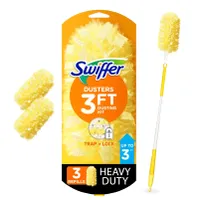Cobwebs vs spider webs: The key difference you need to know

It’s spider season, and for some, it’s a daunting experience to get rid of spiders when they find their way inside your home. Although you can take precautions to stop them from entering by spraying patios and pathways with vinegar, or spreading pantry items, such as cinnamon, around entry points, some will inevitably find their way indoors.
However, although I’m not afraid of getting rid of spiders, and will happily move them back outside — as long as they are within a certain size — I want to know why I sometimes spot a phantom cobweb, but there’s no spider at home.
To investigate this spider mystery, I called on the expert help of Sophie Thorogood, Technical Training Manager at Pest-Stop.
Where have all the spiders gone?
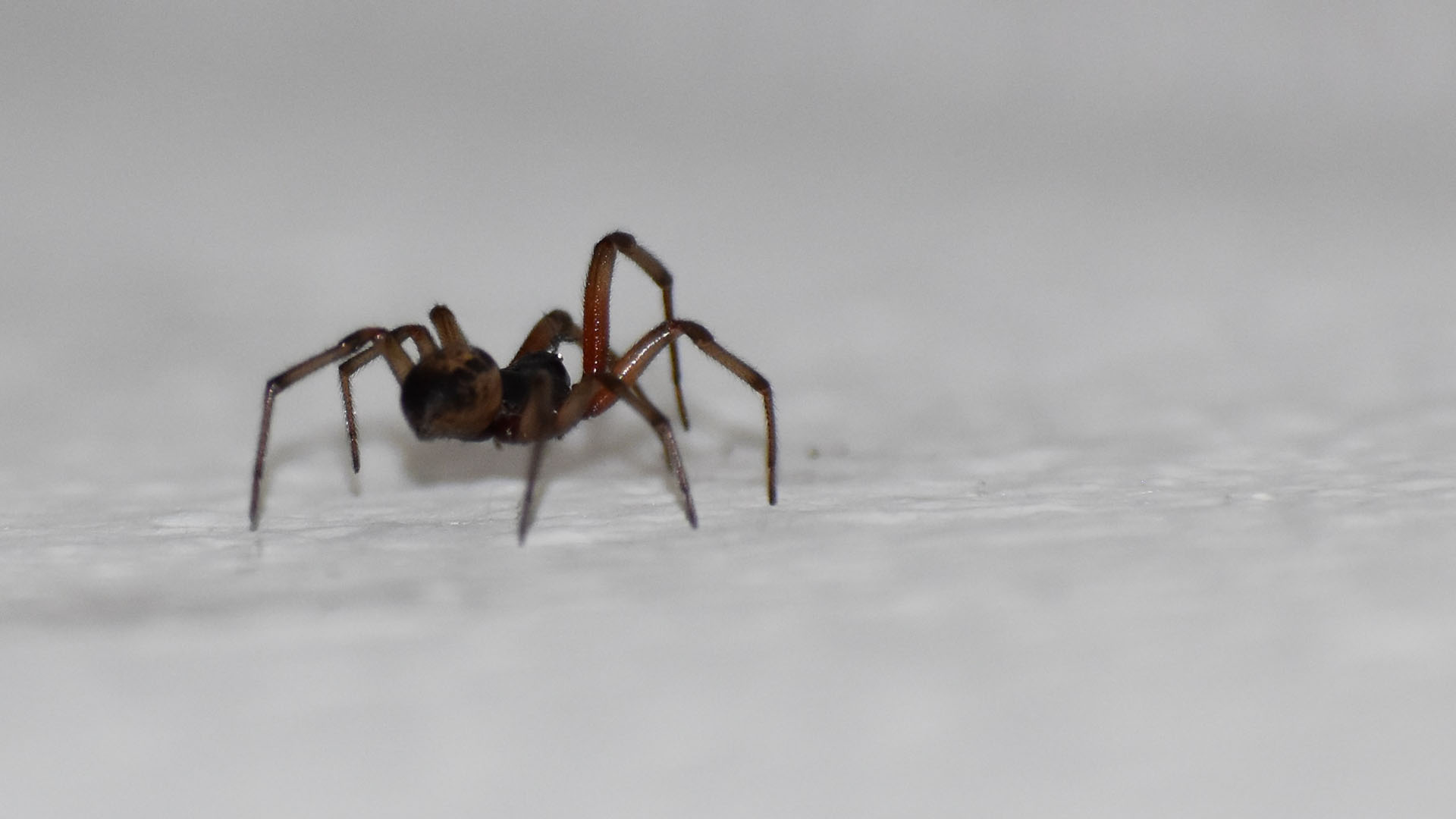
It appears that if you notice an empty spider web, they’ve quite possibly crept off to find a partner.
“Male spiders often leave their webs in autumn to search for females to mate with,” says Thorogood. “They follow pheromone cues to locate and mate near their webs.”
But there is not always a happy ending. “Some species, such as the Giant House Spider, will not return because the male typically joins the female on her web and dies during winter,” explains Thorogood.
This is one reason why you could be left with an empty cobweb gathering dust. However, there’s another explanation why the web is empty. “Males may die shortly after mating — sometimes becoming food for the female, or because they leave part of their body inside the female to prevent other males from mating with her, which ultimately causes their death.”
Get instant access to breaking news, the hottest reviews, great deals and helpful tips.
It certainly sounds like a gruesome way to procreate!
They could be lurking nearby
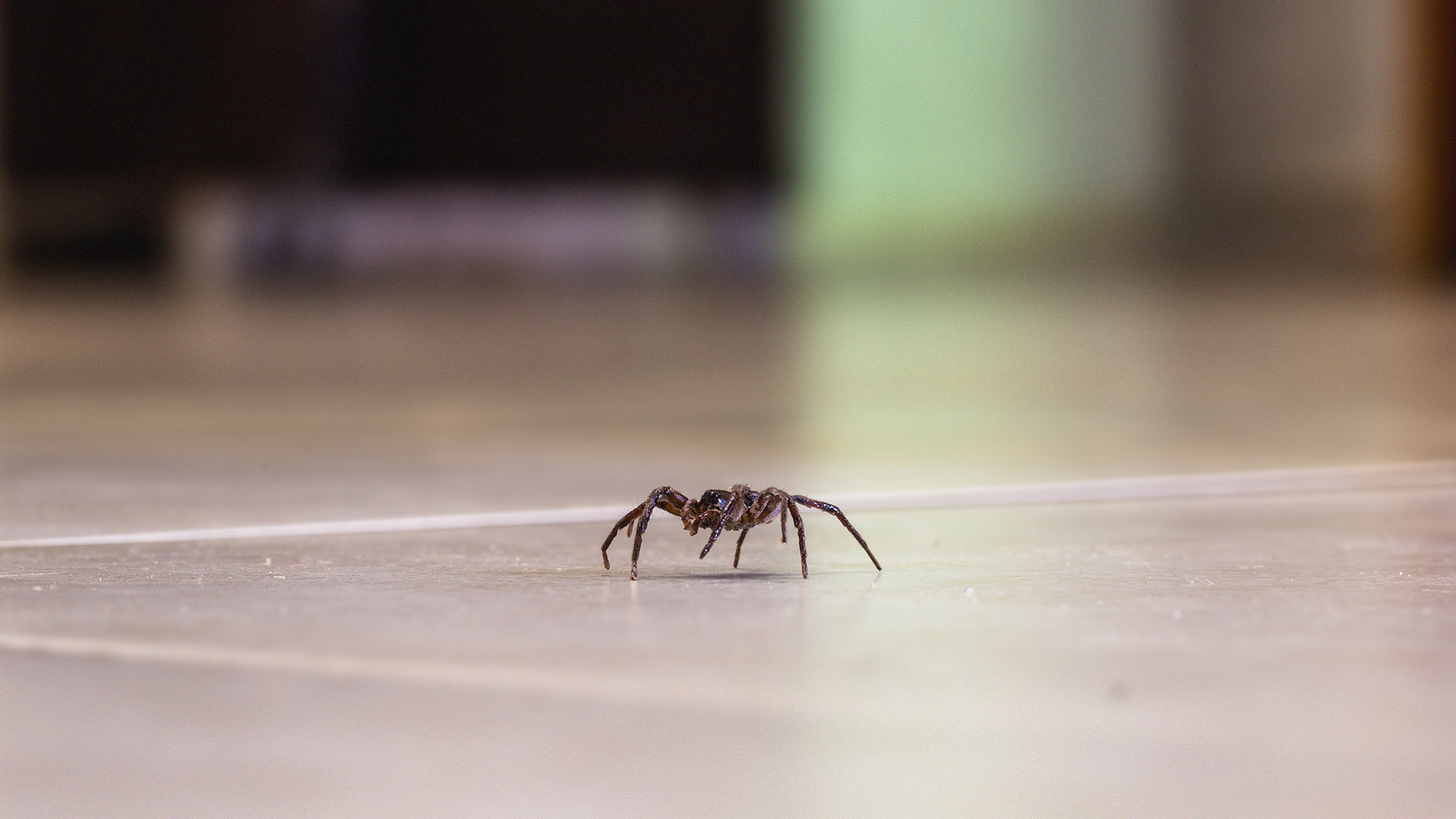
Apart from abandoning their webs to find a mate, and never returning because the females devour them, spiders can also leave their webs to wait for prey to become entrapped. But when this happens, Thorogood says, they will never be far away.
“Most spiders stay close to their webs so they can quickly react when prey is caught," she says. "Some sit right in the center — something we often see in gardens — while others rest at the edge of their web and respond when they feel vibrations,”
Certain species may also hide in nearby cracks or holes, while still remaining within reach of their webs.
Is it a spider web?
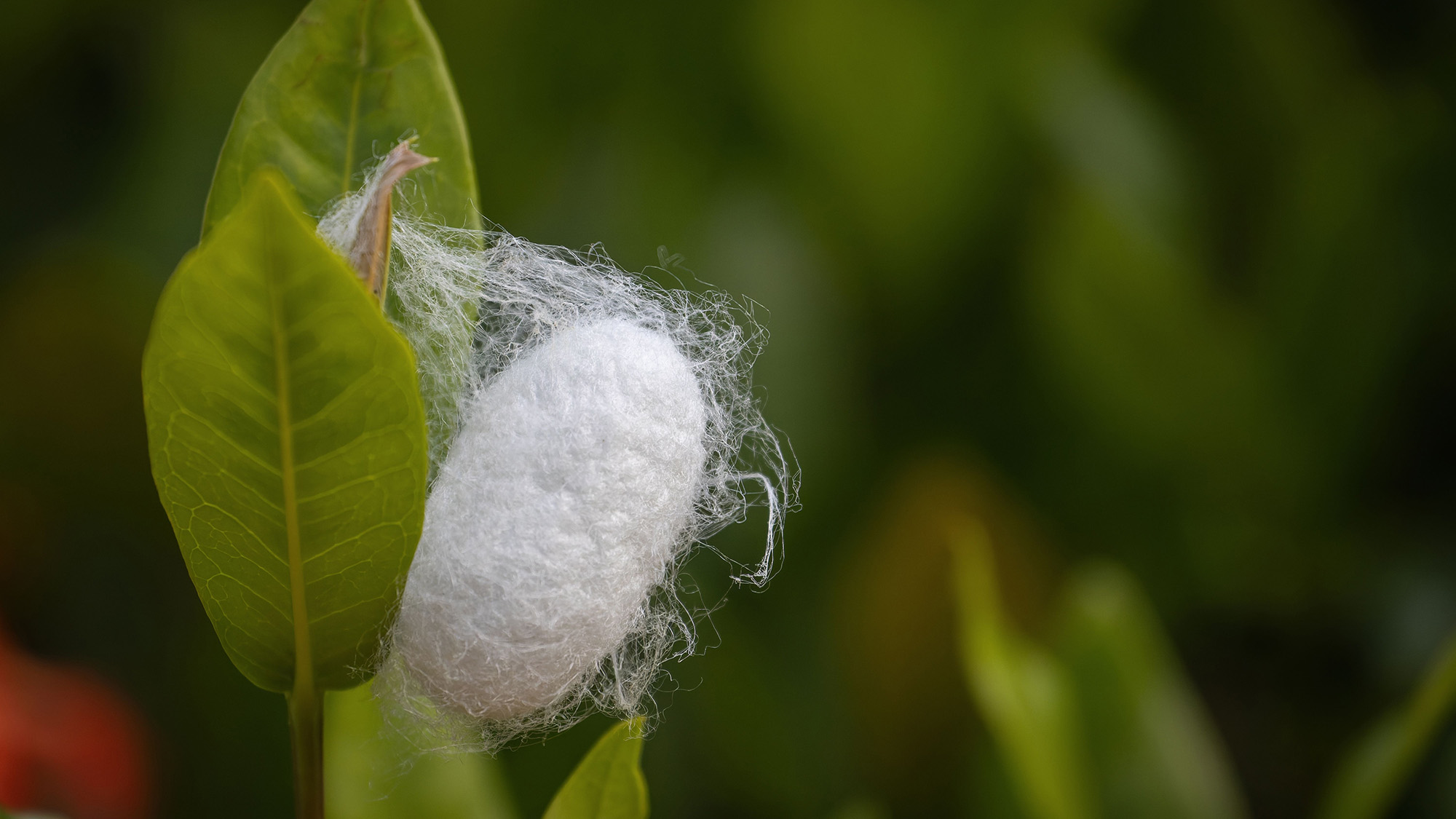
It’s quite possible that what you imagine to be a spider web is cast by another insect, although its appearance will be slightly different.
“Some insects, such as moths, do produce silk, which can resemble spider webbing when seen on bushes or vegetation. However, this silk isn’t woven into intricate, purposeful structures designed to trap prey,” explains Thorogood.
“True webs, spun between two points and built for catching insects, are made only by spiders,” she concludes.
This Swiffer duster starter kit includes a 3ft handle and 3 dusters. With the aid of the long handle you can banish dust in those hard to reach places, while removing 95% of allergens.
Cobwebs are inactive webs
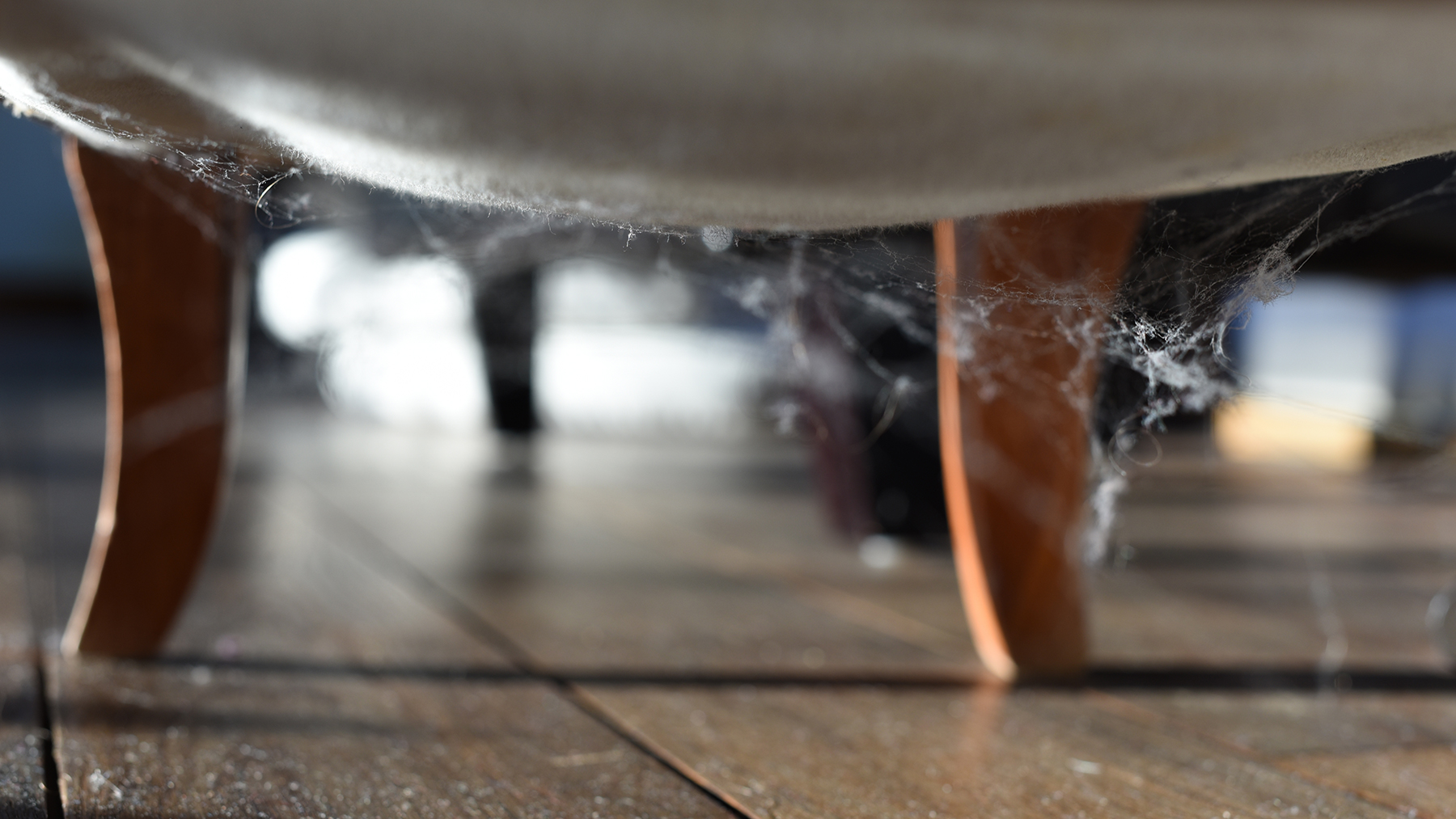
Once a spider web has been abandoned, it will start to gather dust and dirt, which is what we’ve come to recognize as a cobweb. While an active spider web is clean and translucent, and used by the insects to trap prey, a cobweb indicates that the spider has moved on, and it’s time to clean the cobweb away.
Follow Tom's Guide on Google News and add us as a preferred source to get our up-to-date news, analysis, and reviews in your feeds. Make sure to click the Follow button!
More from Tom's Guide
- Spiders have a sneaky favorite hiding spot in your home — and it's very easy to miss
- I asked pest experts if it's ever ok to squash spiders in your home — here's what they say
- 5 spider-repelling hacks that actually work — and you probably have everything you need at home

Camilla is the Homes Staff Writer and covers everything to do with homes and gardens. She has a wealth of editorial experience, mounting over 30 years, and covers news and features, tests products for reviews and compiles buying guides.
Her work has appeared in business and consumer titles, including Ideal Home, Real Homes, House Beautiful, Homebuilding & Renovation, and Kitchen & Bathroom Business. She’s even appeared on the cover of Your Home, writing about her own house renovation.
Although she’s obsessed with decorating her home, she also enjoys baking and trying out the latest kitchen appliances. But when she’s not inside, you’ll find her pottering about in her yard, tending to her vegetable patch or taking in her prized hydrangeas.
You must confirm your public display name before commenting
Please logout and then login again, you will then be prompted to enter your display name.
